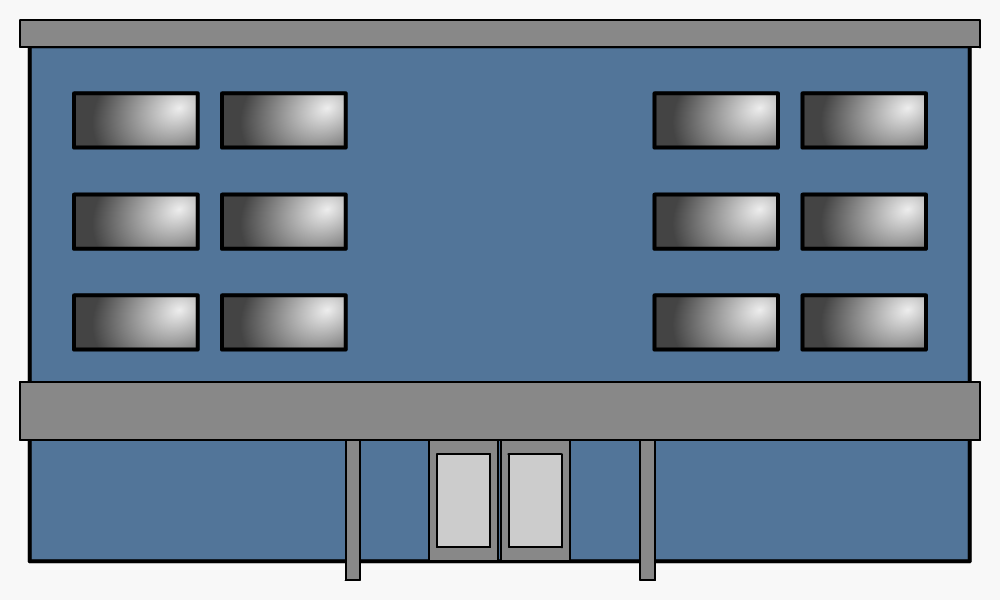
Department for Education surveyors have discovered that a large number of local authority buildings in the United Kingdom, mainly schools and other educational establishments, were built using RAAC. They are now facing closure due to safety concerns over crumbling concrete. This has resulted in the cancellation of school building projects with many schools forced to close and revert to COVID-19 measures such as home schooling and remote learning. It has also delayed the start of term for many schools because of the concrete crisis.
What is RAAC?
RAAC is reinforced autoclaved aerated concrete. It was viewed as a wonder material and was used for many buildings in the UK and other countries between the 1950s and 1990s. It is made by heating concrete made of cement, lime and sand to 200°C before adding aluminium flakes to form bubbles of hydrogen. The resulting material was much cheaper and lighter than ordinary cement but unfortunately it was not sufficiently dense — it produced sub-standard concrete!
Critics have slammed the slow response of the Tory government, who many have accused of total complacency. Sir Keir Starmer accused the Tories of contributing to the problem by axing the Building Schools for the Future project (BSF), which was a £55bn Labour project to renew every secondary school in England. It was axed by the coalition government in 2013.
Some schools are using a mix of face-to-face and remote learning methods while other schools are going fully remote. Many students have already been affected by the COVID-19 crisis, which had a significant impact on their education. The RAAC debacle has caused extra stress to many young people who may now be facing more cancelled exams and learning losses caused by school closures.

